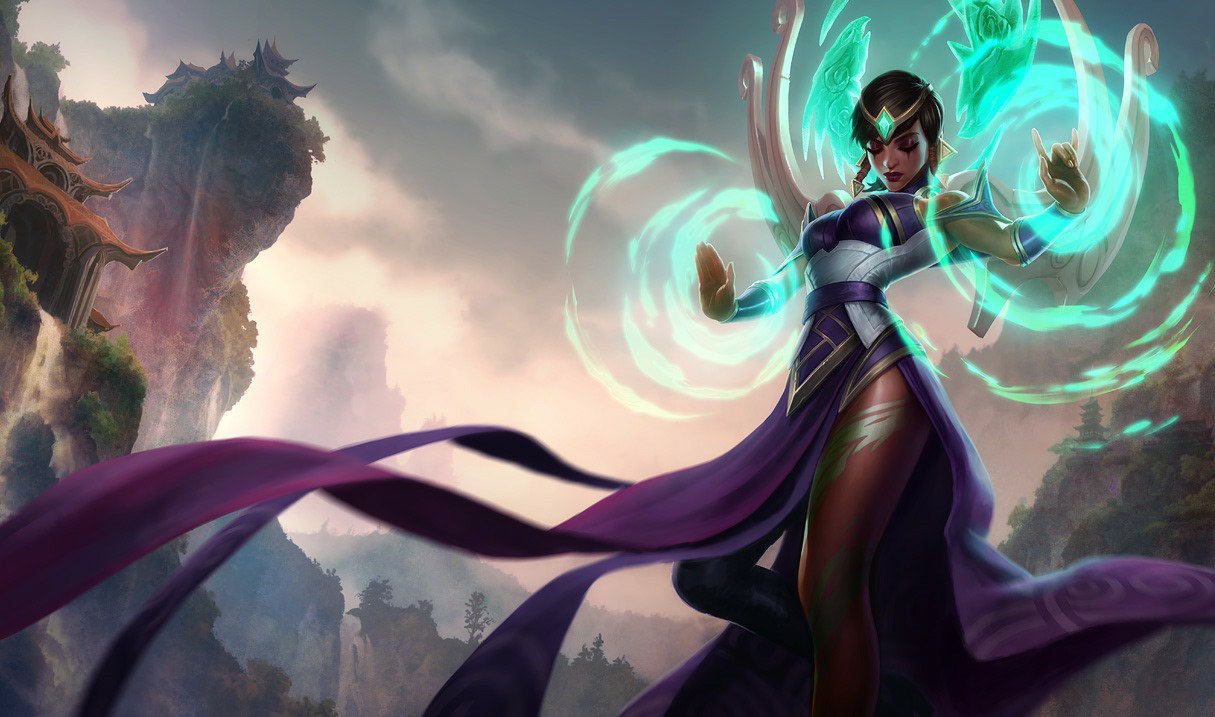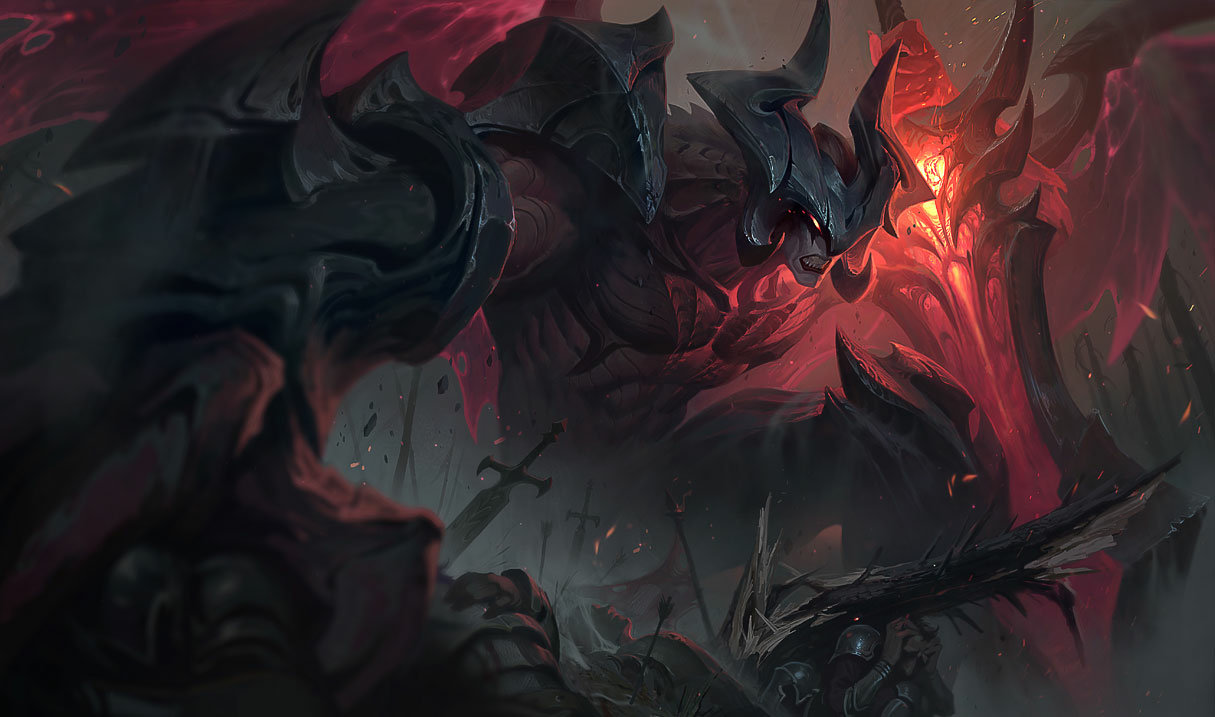 Karma Stats and Analytics
Karma Stats and Analytics Karma Gameplay Guide – Mastering Karma Support in League of Legends
Karma, the Enlightened One, is a versatile mage-support in League of Legends, capable of providing shields, poke, and crowd control. With her ability to enhance allies’ damage and sustain while controlling fights with skillshots, Karma excels in both laning and teamfighting. Mastering Karma requires understanding her abilities, early laning strategy, mid-game rotations, late-game positioning, rune selection, itemization, and matchup awareness. This comprehensive guide covers in-depth strategies and long-tail keyword SEO targeting for players looking to optimize their Karma gameplay.
Understanding Karma’s Abilities
Passive: Gathering Fire
Karma’s passive reduces cooldowns on basic abilities when she hits enemy champions with abilities. This enhances her ability to poke, shield, or root repeatedly, making her impactful throughout all stages of the game. Understanding passive timing ensures consistent ability uptime for shielding allies, controlling enemies, and contributing to fights efficiently.
Q: Inner Flame
Inner Flame is Karma’s primary poke and wave-clear tool. It deals damage in a targeted area and slows enemies, providing both harassment and crowd control. When empowered by Mantra (R), it increases in size and damage, making it effective for teamfighting, zoning, and sieging objectives. Proper aiming and timing of Q are essential to apply consistent pressure in lane and mid-game skirmishes.
W: Focused Resolve
Focused Resolve is a tether ability that reveals and slows an enemy. Empowered with Mantra, it roots enemies at the end of its duration. W provides strong pick potential and control, synergizing with allied crowd control or jungle ganks. Accurate placement ensures effective catches, zoning, and damage amplification in coordinated plays.
E: Inspire
Inspire shields allies and provides bonus movement speed. Empowered with Mantra, it grants increased shield strength and an AoE component. E is essential for protecting carries, enabling engages, or disengaging from threats. Mastering shield timing and movement speed utility enhances survivability for both Karma and her teammates.
R: Mantra
Mantra empowers Karma’s next ability, enhancing damage, crowd control, or shielding. Proper usage is crucial for maximizing lane impact, initiating skirmishes, or supporting carries in teamfights. Understanding which ability to empower based on game state and positioning allows Karma players to influence fights effectively and maintain utility throughout the game.
Early Game – Laning and Harassment
In the early game, Karma excels at poke, shielding, and zoning with Q and E. Use Inner Flame for ranged harass while shielding your ADC to maintain lane pressure. Focused Resolve can be used to slow overextending enemies or secure kills when paired with your jungler. Proper positioning is crucial to avoid skillshot counters and to maintain poke uptime while staying safe.
Trading patterns involve applying Q poke, following up with W to tether and slow, and shielding with E to sustain your ADC. Use passive cooldown reductions strategically to maintain consistent harassment. Vision control in early laning is key to prevent jungle ganks and protect your carries while maximizing poke effectiveness.
Mid Game – Roaming, Objectives, and Skirmishes
During mid-game, Karma’s strengths shine in skirmishes, roaming, and objective control. Use empowered abilities to initiate or peel during fights, shield allies when under threat, and apply consistent poke to soften enemies before engagements. Accurate W tethering can catch enemy champions off-guard and set up kills or zone key targets.
Sentinels and vision control around Dragon, Rift Herald, and jungle entrances are essential for safe rotations and map awareness. Position behind your frontline during skirmishes to avoid being caught out while still providing shields, slows, and enhanced damage through Mantra-empowered abilities. Coordinated use of Mantra boosts teamfight impact significantly.
Late Game – Teamfighting and Utility
In late-game teamfights, Karma’s utility is invaluable. Position behind carries while providing shields with E, using Q for poke and AoE damage, and applying W to peel or catch key targets. Empowered Mantra abilities can root, shield, or deal increased damage at critical moments. Timing and positioning are essential to maintain effectiveness without overextending.
Effective Karma gameplay in late-game teamfights revolves around maximizing utility while staying safe. Use Mantra strategically to empower Q for AoE poke, W for crowd control, or E for critical shielding. Prioritize high-value targets, protect carries, and control enemy movement to tilt fights in your favor. Vision and positioning complement her skill set for both defensive and offensive plays.
Combos and Trading Patterns
- Lane Harass: Q → auto-attacks → E shield for sustain → passive cooldown to reapply Q.
- Skirmish Combo: Empowered W → tether and slow → follow up with Q poke → shield allies with E → reposition as needed.
- Teamfight Combo: Empowered Q or W depending on scenario → shield carries with E → reposition while applying poke → utilize Mantra for AoE or root.
- Objective Control: Apply Q poke around Dragon or Baron → tether enemy threat with W → shield allies with E → use Mantra for AoE zone or peel.
Runes and Itemization
Karma benefits from runes that enhance poke, shield strength, cooldown reduction, and sustain. Keystone runes such as Summon Aery synergize with her shielding and poke. Secondary runes may include Manaflow Band for mana sustain, Transcendence for cooldown reduction, and Scorch for lane poke. Proper rune selection enhances early poke, mid-game rotations, and late-game utility.
Core items include Shurelya’s Battlesong for engage and mobility, Moonstone Renewer for sustained healing, and Staff of Flowing Water for shield amplification and utility. Situational items such as Ardent Censer, Mikael’s Blessing, or Redemption adapt Karma to specific team compositions or threats. Proper itemization allows Karma to remain impactful throughout the game while supporting allies effectively.
Team Composition Synergies
Karma excels with ADCs and champions who can follow up on her poke and crowd control. She pairs well with engage-heavy teams where her shields, slows, and roots enhance overall damage output and survivability. Karma struggles against heavy hard engage or high-burst assassins without peel, making positioning, vision, and support coordination critical. Proper synergy allows Karma to dictate fights and protect her carries.
Matchup Tips
Against aggressive laners, focus on using Q poke safely, tether with W for trades, and shield your ADC with E. Maintain distance to avoid hard engages while controlling the lane with skillshots. Against poke-heavy lanes, time shields and empower Q to harass without overextending. In late-game fights, prioritize shielding key carries and rooting or slowing high-threat enemies to maximize teamfight impact.
Closing Thoughts
Karma is a versatile support capable of controlling lanes, skirmishes, and late-game teamfights through shields, poke, and crowd control. Mastering her passive timing, empowered ability combos, tether placement, and shield timing allows players to maximize utility and protect carries effectively. Understanding lane control, mid-game rotations, skirmishes, late-game positioning, rune selection, and itemization ensures consistent high-impact gameplay in League of Legends.
This Karma gameplay guide covers abilities, early, mid, and late-game strategies, combos, trading patterns, runes, itemization, matchup advice, and team composition synergies. Following these strategies ensures Karma players can dominate games through precise utility, consistent poke, and coordinated teamplay.
 METABOT.gg
METABOT.gg
